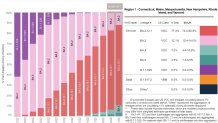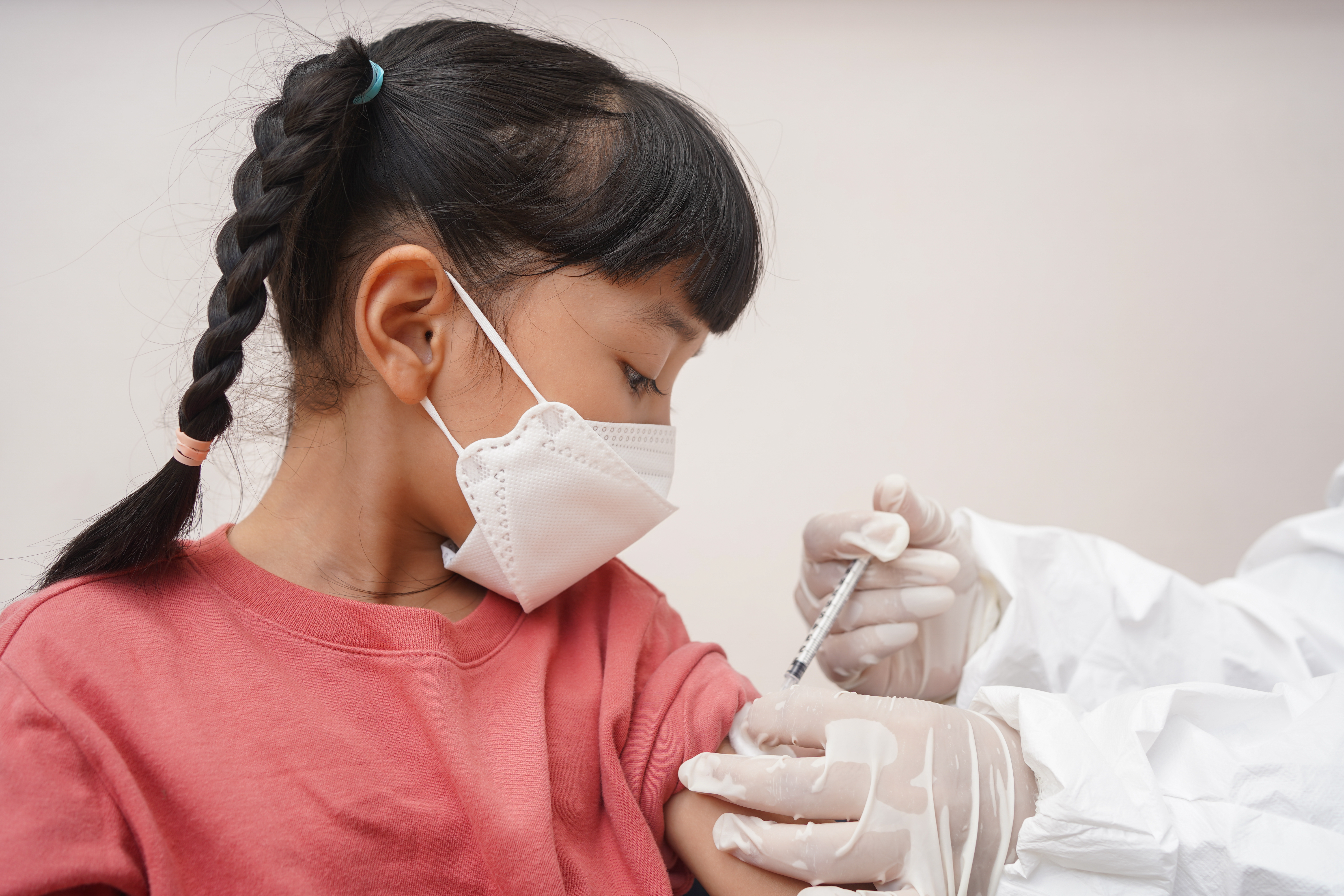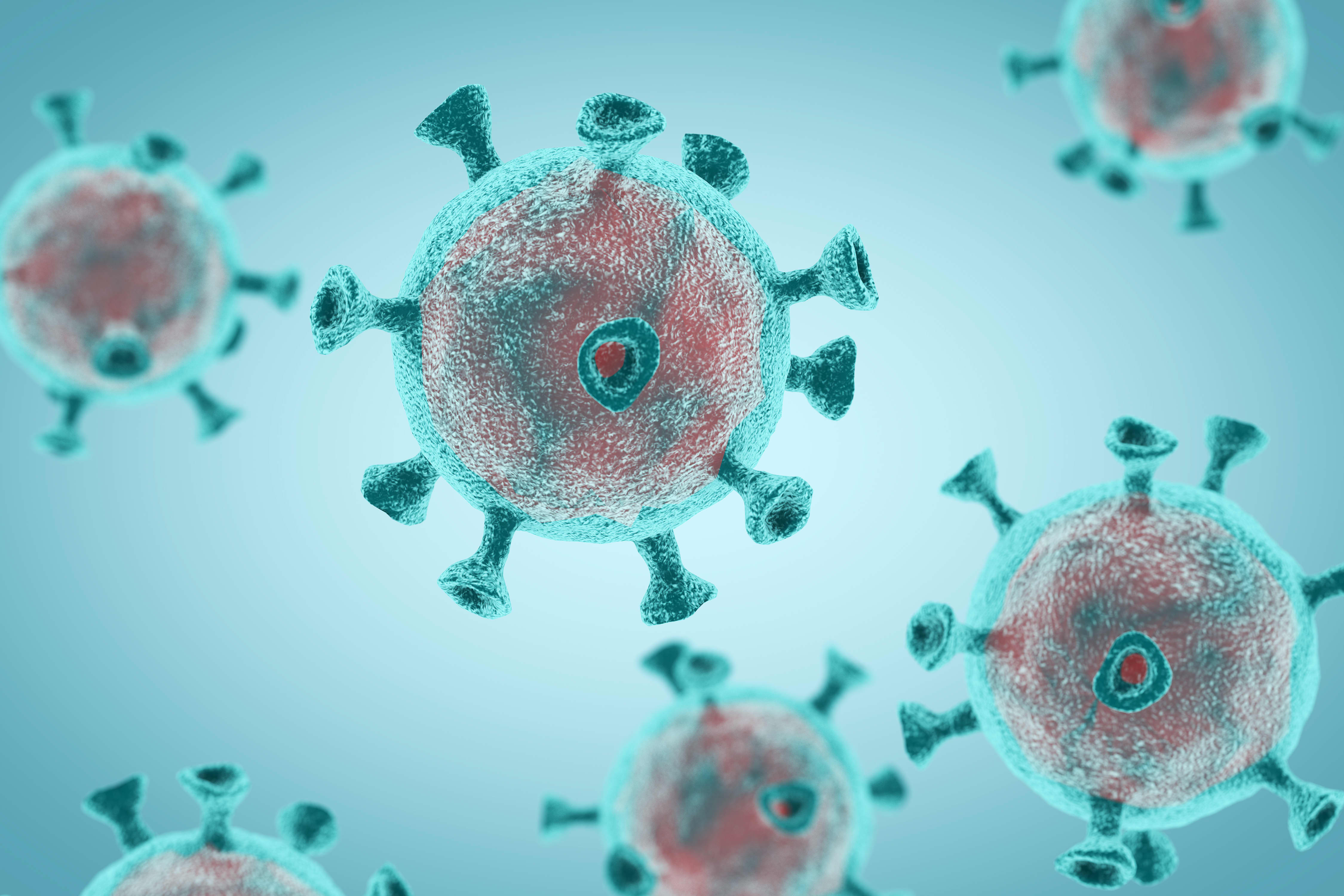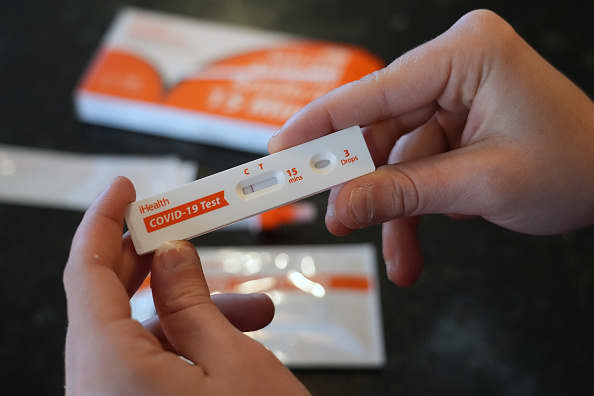Two new omicron subvariants account for more than 10% of COVID-19 cases in New England, according to an update from the U.S. Centers for Disease Control and Prevention Tuesday.
Until last week, BA.4 and BA.5 hadn't made major inroads in the U.S., where BA.2 and its descendant BA.2.12.1 still account for most of the cases. But recent data shows that the two new subvariants have begun to spread more rapidly, rising by more than 3% in New England over the last week. Nationally, BA.4 and BA.5 cases account for nearly 30% of COVID-19 cases, which more than doubled over the last week.
WATCH ANYTIME FOR FREE
Stream NBC10 Boston news for free, 24/7, wherever you are. |
BA.2 and BA.2.12.1 still account for the bulk of the cases -- 78% nationally and 89.5% here in New England. But doctors have warned that BA.4 and BA.5 could result in another upswing here in the near future.

Get updates on what's happening in Boston to your inbox. Sign up for our News Headlines newsletter.
Three top Boston doctors spoke about what the rise of subvariants means for New England during a "COVID Q&A" discussion with NBC10 Boston.
COVID cases in the U.K. are rising for the first time in two months, which health officials there said is likely driven by the original omicron variant BA.1 and the newer variants BA.4 and BA.5.
Similarly, cases had been dropping in South Africa for over a month before the BA.4 and now BA.5 strains began pushing up cases. The BA.4 subvariant now accounts for about half of new infections there.
"They're creeping up," Dr. Shira Doron of Tufts Medical Center said of the strains in New England, noting that Massachusetts has seen decreasing cases, wastewater COVID levels and hospitalizations.
"So will BA.4 and BA.5 reach a proportion at which we see a turnaround? Like South Africa, Portugal? Or, based on our recent experiences and our vaccinations, will we not see that turnaround? Or will it be regional and dependent on the part of the country? Time will tell," Doron continued.
Experts say the strains seem to be more transmissible than both the original omicron variant and an omicron relative known as BA.2. Scientists are still studying the new mutants, but it doesn’t appear they cause more severe disease than other versions of the virus, the World Health Organization said in a recent report.
"It definitely appears to be more immune evasive. It appears to be more transmissible," Boston Medical Center's Dr. Sabrina Assoumou said. "We seem to be getting variants that that are gonna cause us more trouble, but what is the good news? The good news is that it is still omicron -- BA.4 and BA.5 are omicron. Vaccines provide protection."
The new subvariants could lead to a new round of breakthrough cases among people who have already had COVID, Assoumou said.
"We're hearing a lot about reinfections, right? And we're trying to prepare the public also for what that would actually mean," Assoumou said. "What we're uncovering is that, you know, when we have variants and subvariants that are more immune evasive, it may not be a one and done."
Dr. Daniel Kuritzkes, chief of infectious disease at Brigham and Women's Hospital, noted that it will be "particularly important" to see whether people who have been infected with BA.1 or BA.2 can now become infected with BA.4 or BA.5 and to determine whether that's due to waning immunity or because there's no "meaningful cross protection" against BA.4 and BA.5.
"Like so much else, we'll just have to see what happens and then we'll know," Kuritzkes said.
The continued emergence of new and more immune-evasive infections raises questions for experts about whether the virus might evolve into a less severe but more common infection, much like getting a cold.
"We have to begin to wonder, is there a point in this evolving pandemic where the SARS-CoV-2 coronavirus begins to behave more like the other endemic coronaviruses, where people get repeatedly infected and have several episodes of upper respiratory infection per season," Kuritzkes said. "It may be that as immunity becomes more prevalent in the population, and we see the diversification of omicron, that we're simply going to be getting frequent colds from coronavirus."




